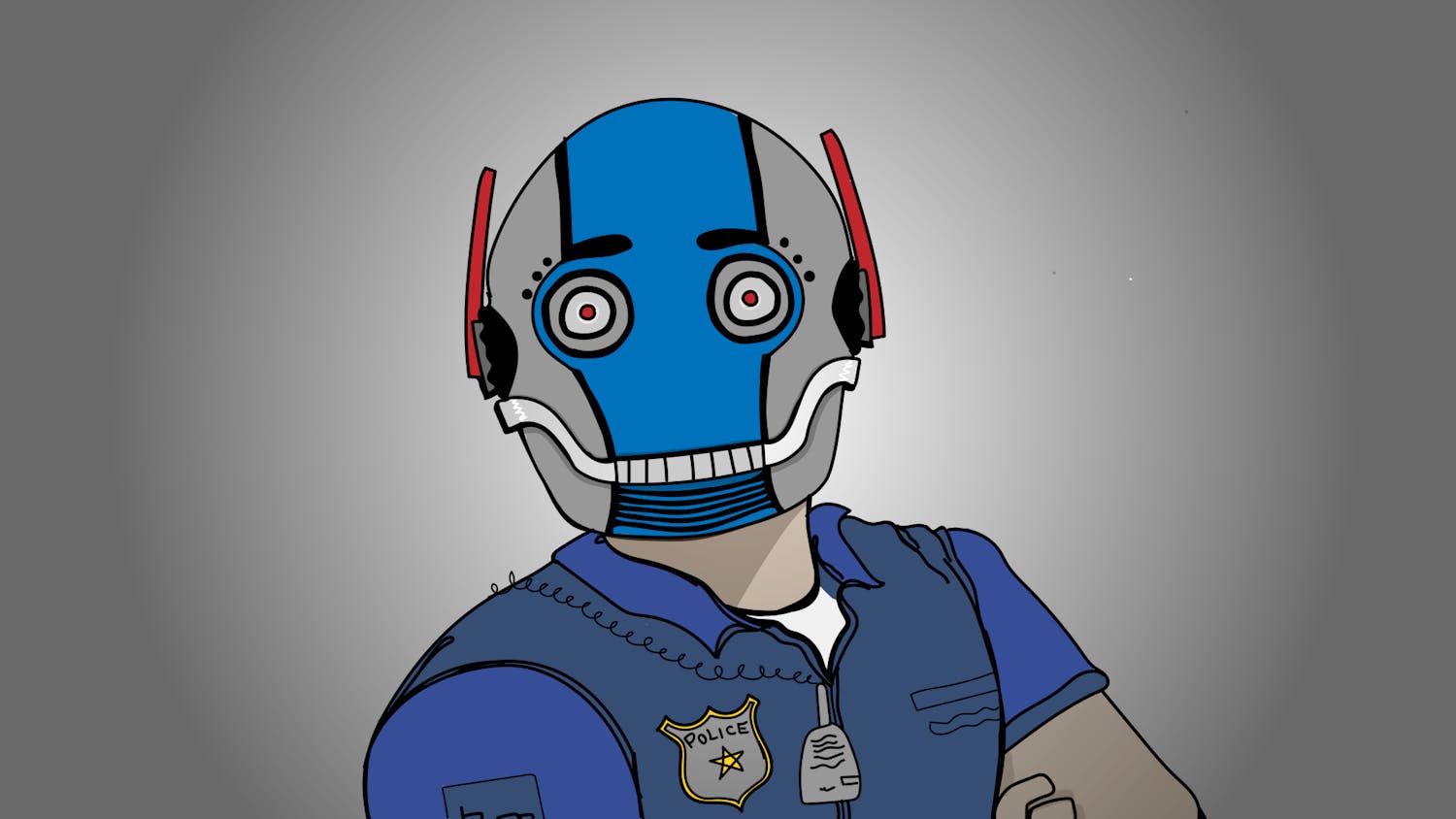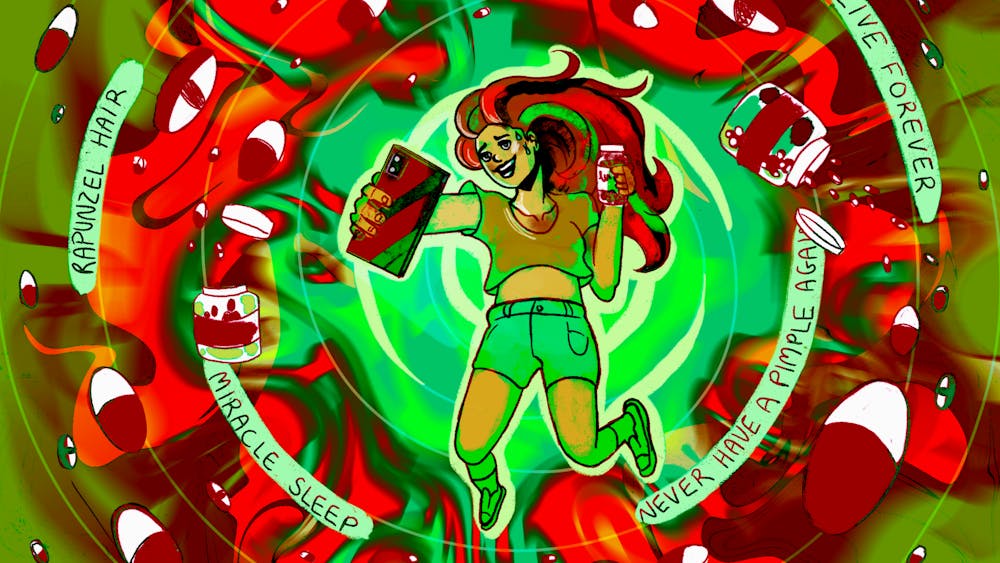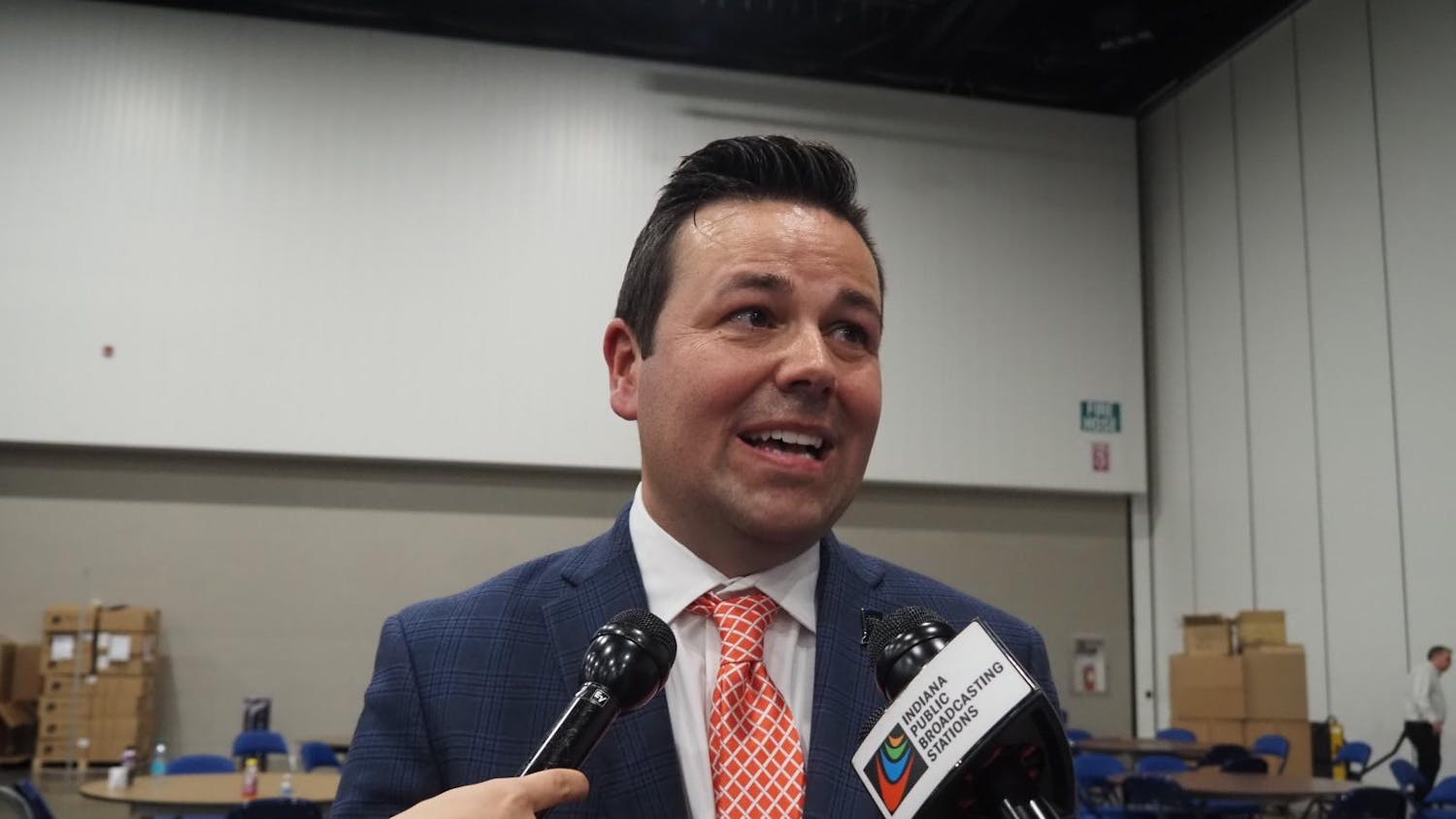Every major network channel broadcasts messages about AIDS. But how much is actually getting across? How much of this information are viewers absorbing and using to prevent contracting this disease? \nAccording to recent figures, many people are not listening.\nA study conducted by the Centers for Disease Control and Prevention shows AIDS is on the rise -- 12 percent overall. But, for homosexual black males, one in three are are at risk of contracting the virus.\nWhat is more disturbing is that most of the at-risk men are people are in their 20s -- old enough to remember when the practicing "safe sex" messages were broadcast from every AIDS organization.\nInstead of focusing on what went wrong, the best option is to try to catch up with massive education efforts and redirect the message, because the word is not reaching everyone. \nThe CDC survey was based on testing of 2,401 gay men ages 23 to 29 between 1998 and 2000. They were tested at parks, bars, clubs and other gay meeting places in Baltimore, Dallas, Los Angeles, Miami, Seattle and New York City, the Associated Press reported. \nIt is the first year the survey has been done among blacks, which means no previous numbers were available for comparison. Why this is the first study to have been done has not been addressed, but, regardless, it shows that as a nation, we still have much to learn about the disease if it's growing among our largest minority group. \nYears ago, AIDS was called the "gay plague." People believed it was a disease that men, homosexual men in particular, contracted. That changed when individuals like former L.A. Lakers standout Magic Johnson and Indiana teenager Ryan White contracted the disease through unsafe heterosexual sex and unsafe blood transfusions, respectively. The two cases taught the public AIDS is real and it attacks more people than previously thought.\nThrough the years, we have been bombarded with public service announcements about the dangers of unsafe sex. Experts worry that it's come to a point when society is complacent about sexually transmitted disease because the men surveyed said they had practiced unsafe anal sex. \nAt least, that's what we thought we learned. It seems all over again, we are learning the same lesson, but in a different way: AIDS affects every gender, ethnic group and sexual orientation. More ads aren't the answer. Maybe the media made a mistake in providing the overload of service messages provided to the public and ignoring other health issues, but I doubt that. AIDS is more than a health issue, it's a social issue. \nFor now, the best thing is to show the disease doesn't have a face. That could be the message that brings it home. When that's not necessary, the focus can change, but that's important now. \nBut there is some good news. AIDS infections have become less common among gay men since the height of the epidemic in the 1980s. For instance, just over half of all gay men of all ages in New York who were tested at venereal disease clinics in 1988 were infected, compared with 20 percent in 1997. Getting tested is the only way to know the reality of being infected with AIDS. The fact that more people are being tested is an indication that some people are listening. \nRedirecting the message of abstinence or safe-sex is also necessary, or we'll have to learn the lesson again, only this time it will be with a different group. AIDS can't be discounted as a disease that attacks only the poor, only the homosexual, only men or only the white. AIDS is famous for being an equal opportunity disease.
AIDS on the rise ... again
Get stories like this in your inbox
Subscribe





